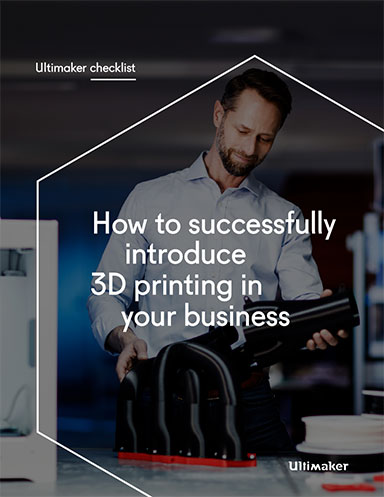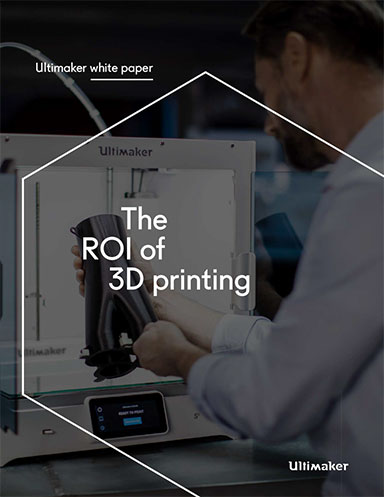AGC Ceramics and voxeljet Develop 3D Printing Ceramics
The material is particularly suitable for 3D printing of highly complex molds and cores for metal casting, the companies say.
Latest News
June 18, 2021
In a joint tailoring project, Japanese ceramics expert AGC Ceramics (AGCC) and voxeljet AG have qualified the high-performance ceramic material Brightorb for 3D printing. In addition to potential applications in the production of structural components and works of art, the material is
particularly suitable for 3D printing of highly complex molds and cores for metal casting, the companies say.
To develop the new high-performance ceramic material set Brightorb for 3D printing, AGC Ceramics has entered into a cooperation with voxeljet AG from Friedberg in Bavaria, Germany. Brightorb was developed on a VX1000 with a build volume of 1,000x600x500 mm. The 3D printing system works layer-based and bonds the ceramic particles with an inorganic binder. Targeted applications for the new, ceramic material set include high-performance cores for sand and investment casting, ceramic filters, structural components as well as art and product design.
The ceramics material with its brand name Brightorb is composed of spherical sand with the main components Aluminum Oxide (Al2O3) 80%, Zirconium Oxide (ZrO2) 10%, Silicon Oxide (SiO2) 9%, the minerals Corundum, Baddeleyite and kinds of cement. During 3D printing, Brightorb is applied to the build platform with average grain sizes of 50 µm and layer thicknesses of 100 µm and selectively bonded with an inorganic binder.
The inorganic binder is characterized by its high environmental compatibility as only water vapor is produced during molding. This is said to improves environmental and working conditions in foundries. To subsequently prepare the printed ceramic for the final application, the printed components get impregnated by a silica-based liquid and have to be fired in a sintering furnace for their final strength. Most of the unprinted powder can be reprocessed, recycled and fed back into the printing process.
“We have been noticing a growing demand for increasingly complex component geometries among our customers for a long time,” explains Ingo Ederer, CEO at voxeljet. “The great advantage of the geometric freedom of 3D printing is, that geometric adjustments can significantly optimize the efficiency and effectiveness of, for example, engines or turbine wheels. It is rare that such complex components can still be produced using conventional molding processes. Together with AGCC, we have been able to optimize a VX1000 for ceramic powder in close cooperation, so that it is ideally suited for the challenging demands of metal casting. Both in terms of strength and surface quality,” Ederer says.
The 3D printed ceramics are used, for example, as cores for the investment casting process to reproduce complex and filigree cavities within castings. In this process, the filigree cores are combined with conventional wax patterns. These are coated with a ceramic slurry and burned out before casting. What remains is a hollow ceramic mold in which the printed core is still inserted. Molten metal is then poured into the mold. After cooling, both the mold and the core are removed.
This process makes it possible, for example, to integrate internal cooling channels in turbine blades, increasing turbine efficiency and reducing downtimes to a minimum.
“Brightorb is a high-performance ceramic that is extremely well suited for metal casting due to its high-chemical stability, heat resistance, thermal conductivity and low thermal expansion,” says Ushimaru, additive manufacturing director from AGCC. “We were able to optimize the material set in such a way that the shrinkage factor of the printed components during the downstream sintering process at 1,400°C is less than 1%. This means that the components are also suitable for filigree core designs. Thanks to the high-fire resistance, it is possible to cast alloys with melting points beyond 1,600°C.
“Overall, ceramics will continue to gain importance as a material in the future, and the same applies to 3D printing as a manufacturing technology,” Ushimaru adds.
Brightorb was qualified in voxeljet's Material Certification Lab in Friedberg, Bavaria, Germany. The powder was developed by AGCC and adapted to 3D printing together with voxeljet. Commercial availability of the Brightorb is scheduled for July 2021 onwards, both for printing systems and as an on-demand service.
Sources: Press materials received from the company and additional information gleaned from the company’s website.
Subscribe to our FREE magazine, FREE email newsletters or both!
Latest News
About the Author
DE’s editors contribute news and new product announcements to Digital Engineering.
Press releases may be sent to them via [email protected].






